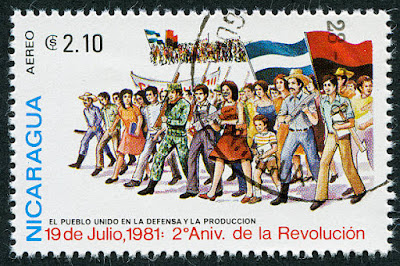Bruce Lee was born on 27 November 1940, in San Francisco, California, and raised in Hong Kong. He began studying martial arts at a young age, learning Wing Chun under the tutelage of Yip Man. Lee moved back to the United States in 1959 to attend college, where he studied philosophy and continued to develop his martial arts skills.
Career Highlights:
Television and Film:
- "The Green Hornet" (1966-1967): Lee played Kato, the Green Hornet's sidekick, which introduced his martial arts prowess to American audiences.
- Hong Kong Films: Returning to Hong Kong, Lee starred in several successful films, including "The Big Boss" (1971), "Fist of Fury" (1972), and "Way of the Dragon" (1972), where he fought Chuck Norris in an iconic battle scene.
- "Enter the Dragon" (1973): His most famous film, released shortly after his death, became a worldwide success and cemented his legacy.
Martial Arts Philosophy:
- Jeet Kune Do: Lee developed his own martial arts philosophy, Jeet Kune Do (The Way of the Intercepting Fist), which emphasized practicality, flexibility, and efficiency. It drew from various martial arts disciplines, advocating for a no-style approach.
Legacy:
- Lee's influence extended beyond martial arts and cinema. He was a cultural icon who broke racial barriers in Hollywood, becoming the first Asian actor to achieve major international stardom.
- His philosophy of personal growth, self-expression, and the integration of mind and body has inspired millions globally.
- Bruce Lee's daughter, Shannon Lee, continues to promote his legacy through the Bruce Lee Foundation.
Death:
Bruce Lee's sudden death on 20 July 1973, at the age of 32, was a shock to the world. He died from cerebral edema, a swelling of the brain, possibly due to a reaction to a pain medication. Despite his untimely death, his influence has endured, with his teachings and films remaining relevant to this day.
Quotes:
Bruce Lee is known for his insightful quotes, which reflect his deep understanding of martial arts and philosophy:
- "Be water, my friend."
- "Absorb what is useful, discard what is not, add what is uniquely your own."
- "Knowing is not enough, we must apply. Willing is not enough, we must do."
Bruce Lee's legacy lives on through his films, his philosophy, and the countless lives he touched with his teachings and inspiration.









